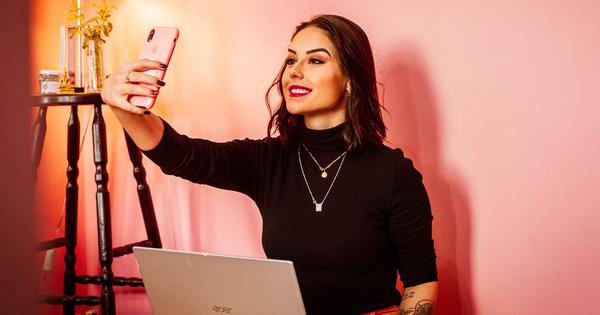Over the past decade, selfies have become a mainstay of popular culture. If the #selfie hashtag first appeared in 2004, it was the release of the iPhone 4 in 2010 that saw the pictures go viral. Three years later, the Oxford English Dictionary crowned “selfie” word of the year.
We use selfies for a variety of purposes, ranging from social to professional. According to a 2018 survey, 82% of United States adults under 34 had posted a selfie on social media. Until the pandemic hit pause on public gatherings, an entire industry was dedicated to generating selfie events and museums.
Given this tremendous reach and popularity, the last four years have seen the phenomenon begin to receive attention within the cognitive sciences. As recent studies have shown, including a recent one I led, the way we take selfies – and the specific camera angles we choose – varies depending on what we intend to do with them.
Left bias
Since the 1970s we have known that in historical western…















